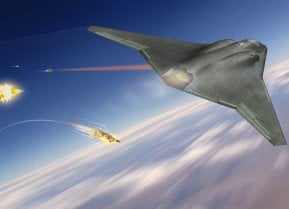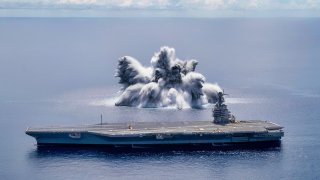USS Gerald R. Ford: The Navy's Most Advanced Aircraft Carrier
The USS Gerald R. Ford is the most advanced aircraft carrier in the U.S. Navy, featuring cutting-edge technology like electromagnetic catapults, advanced arresting gear, and enhanced defensive systems.
Summary and Key Points: The USS Gerald R. Ford is the most advanced aircraft carrier in the U.S. Navy, featuring cutting-edge technology like electromagnetic catapults, advanced arresting gear, and enhanced defensive systems.
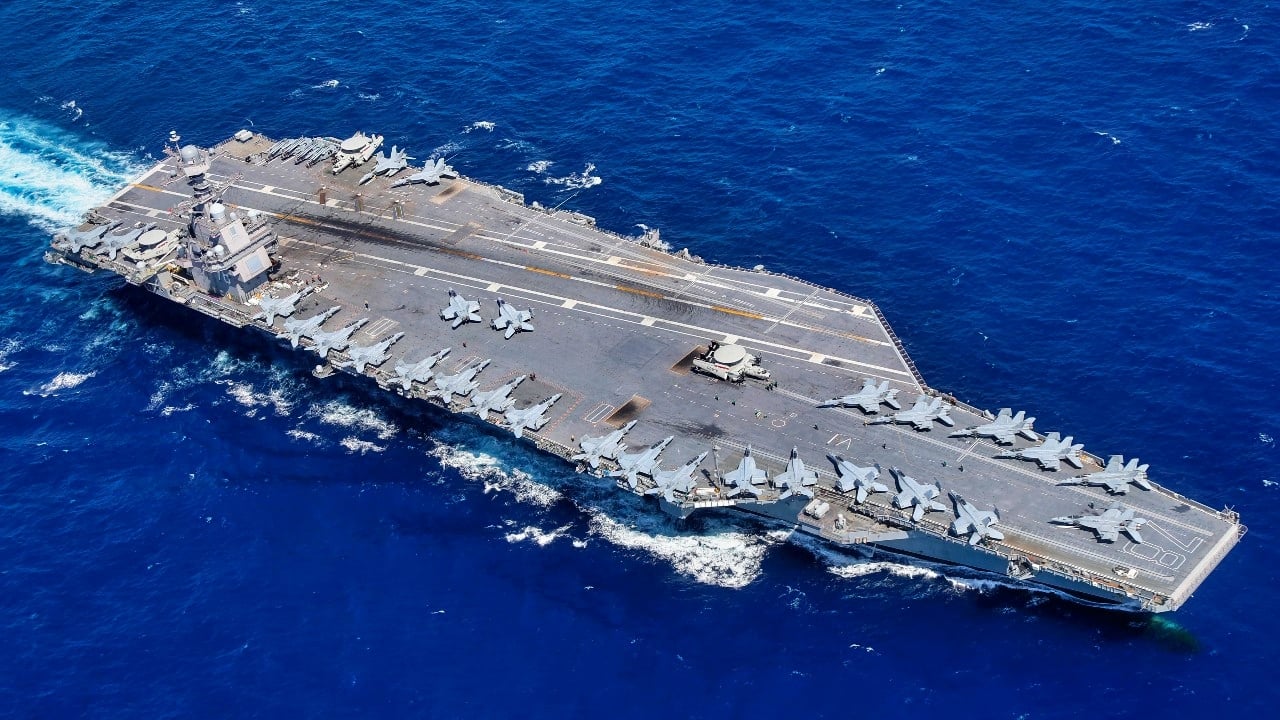
-Replacing the Nimitz-class carriers, the Ford-class offers increased sortie rates and improved adaptability for future tech.
-Measuring 1,092 feet in length, it supports a diverse air wing including the F-35 Lightning II and F/A-18E/F Super Hornet.
-The successful first deployment of the Gerald R. Ford to the Mediterranean marks a significant milestone in naval power projection.
USS Gerald R. Ford's First Deployment: A Milestone for Modern Carriers
The USS Gerald R. Ford might be the most powerful aircraft carrier to ever set sail. Every feature in this towering warship is best-in-class, from its flight deck and software-controlled electromagnetic catapults to its nuclear plant, and countless other attributes.
Ford-class carriers are being developed to replace the U.S. Navy’s aging Nimitz-class ships. The lead ship of the new class has entered service, and over the next decade, the carriers will replace their Nimitz predecessors on a one-for-one basis.
The USS Gerald R. Ford completed its first worldwide deployment to the Mediterranean earlier this year, marking a milestone for the Navy.
Introducing the Ford-Class
For nearly five decades, Nimitz-class carriers have played the leading part in the U.S. military’s power projection strategy. The class is superior to its predecessors in many categories, from its top speed to its formidable endurance. The Nimitz class can launch aircraft to strike targets hundreds of miles away, but it is limited in its ability to accommodate new technologies. The Navy developed the Ford class specifically to incorporate future capabilities.
The lead ship of the class, the Gerald R. Ford, was commissioned in 2017. The John F. Kennedy, the second ship of the class, is expected to enter service next year, followed by the Enterprise, Doris Miller, and others.
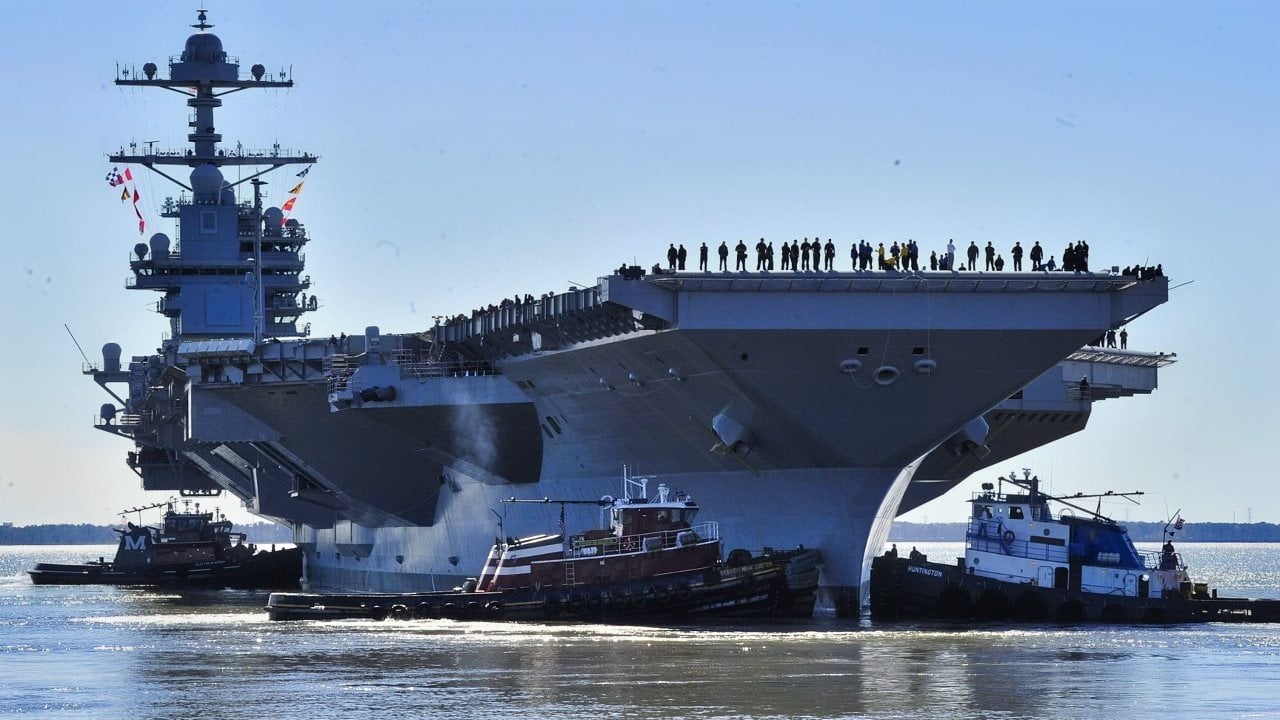
Each carrier in this class will measure 1,092 feet in length, with a beam length of 134 feet. The flight deck on each ship will measure 256 feet wide.
What Makes the Ford-Class So Robust?
The Ford-class allows new technologies to take sail. It was designed to feature the Electromagnetic Aircraft Launch System, the Ship Self-Defense System, and an Advanced Arresting Gear. With these new systems in place, the Ford ships can launch 160 sorties a day – Nimitz-class carriers can only launch 140 per day.
Ford carriers are designed with a weight and stability allowance that will accommodate the added weight of new systems installed over the vessels’ half-century service lives. The Advanced Weapons Elevators aboard each carrier use new technologies like electromagnetic motors and hydraulic systems. Fewer sailors are needed to move ordnance safely, with unmatched speed and agility.
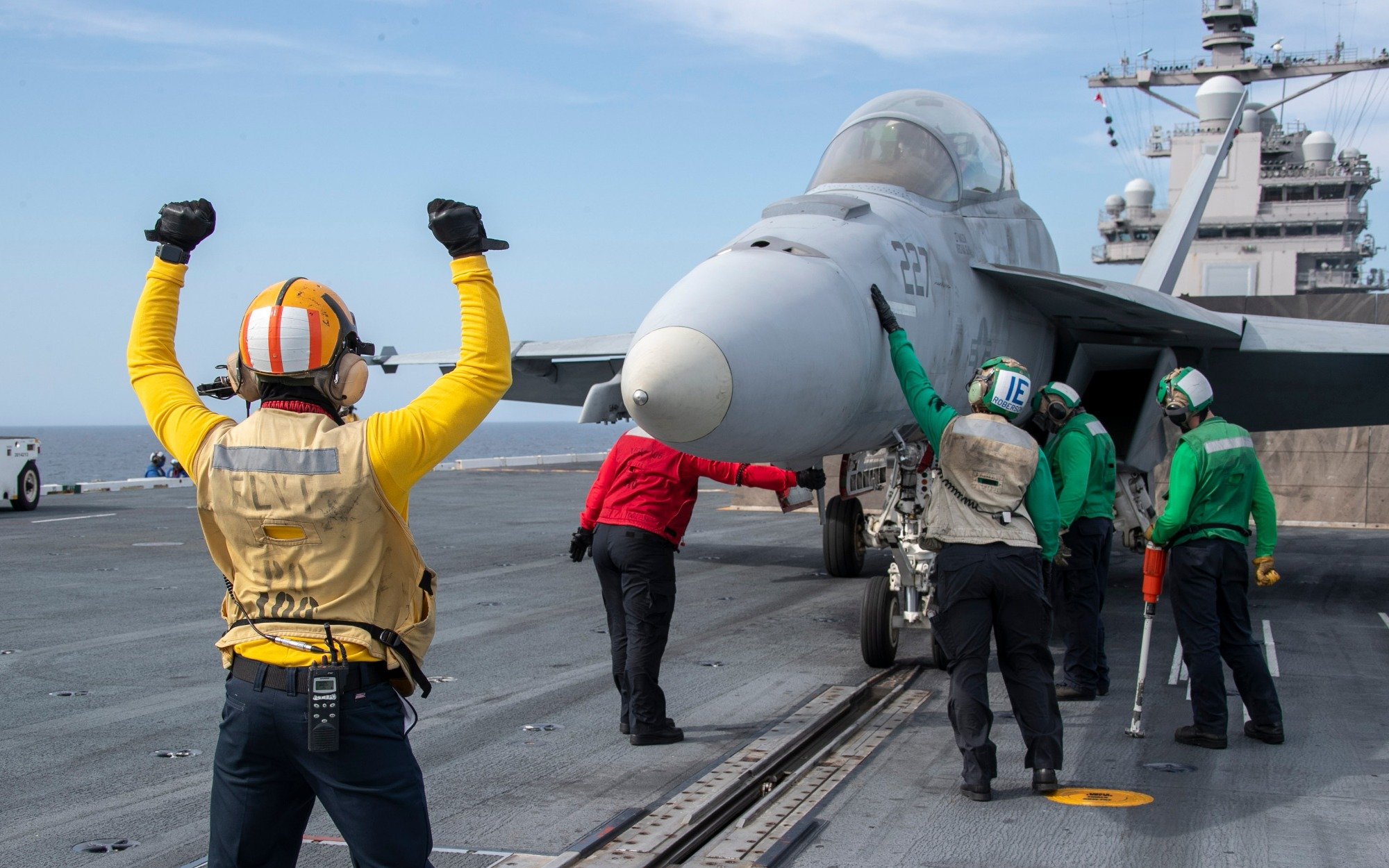
In terms of armaments and air power, the Ford class also stands out from its near-peers. Each ship in this series will be equipped with the Raytheon-evolved Sea Sparrow missile and close-in weapons system. Among the 90 airframes that can be positioned on each carrier are these stand-outs: the F-35 Lightning II, F/A-18E/F Super Hornet, EA-18G Growler electronic attack aircraft, and E-2D Advanced Hawkeye. A number of unmanned air and combat vehicles will join them.
The USS Gerald R. Ford’s successful first deployment is a massive step for the Navy’s new carrier class. As geopolitical tensions continue to escalate, America’s large fleet of top-notch carriers will undoubtedly prove to be a significant and necessary asset.
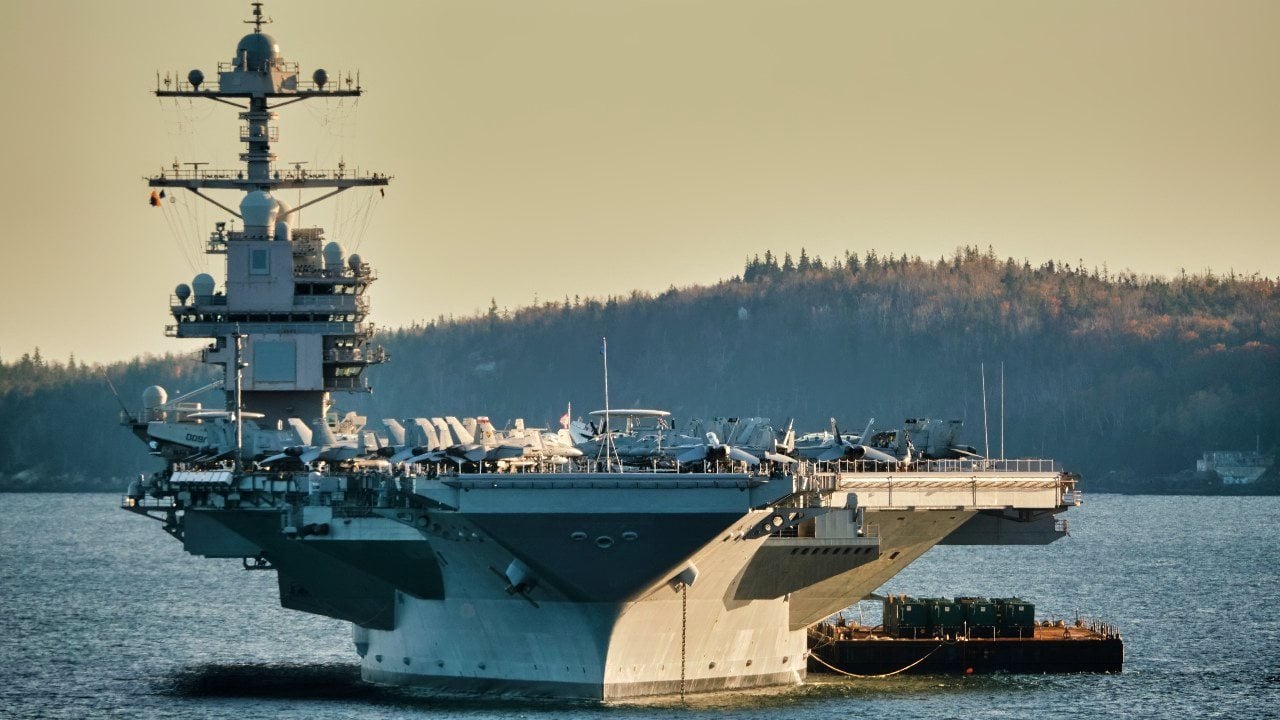
About the Author: Maya Carlin
Maya Carlin, National Security Writer with The National Interest, is an analyst with the Center for Security Policy and a former Anna Sobol Levy Fellow at IDC Herzliya in Israel. She has by-lines in many publications, including The National Interest, Jerusalem Post, and Times of Israel. You can follow her on Twitter: @MayaCarlin. Email the author: [email protected].
All images are Creative Commons.
